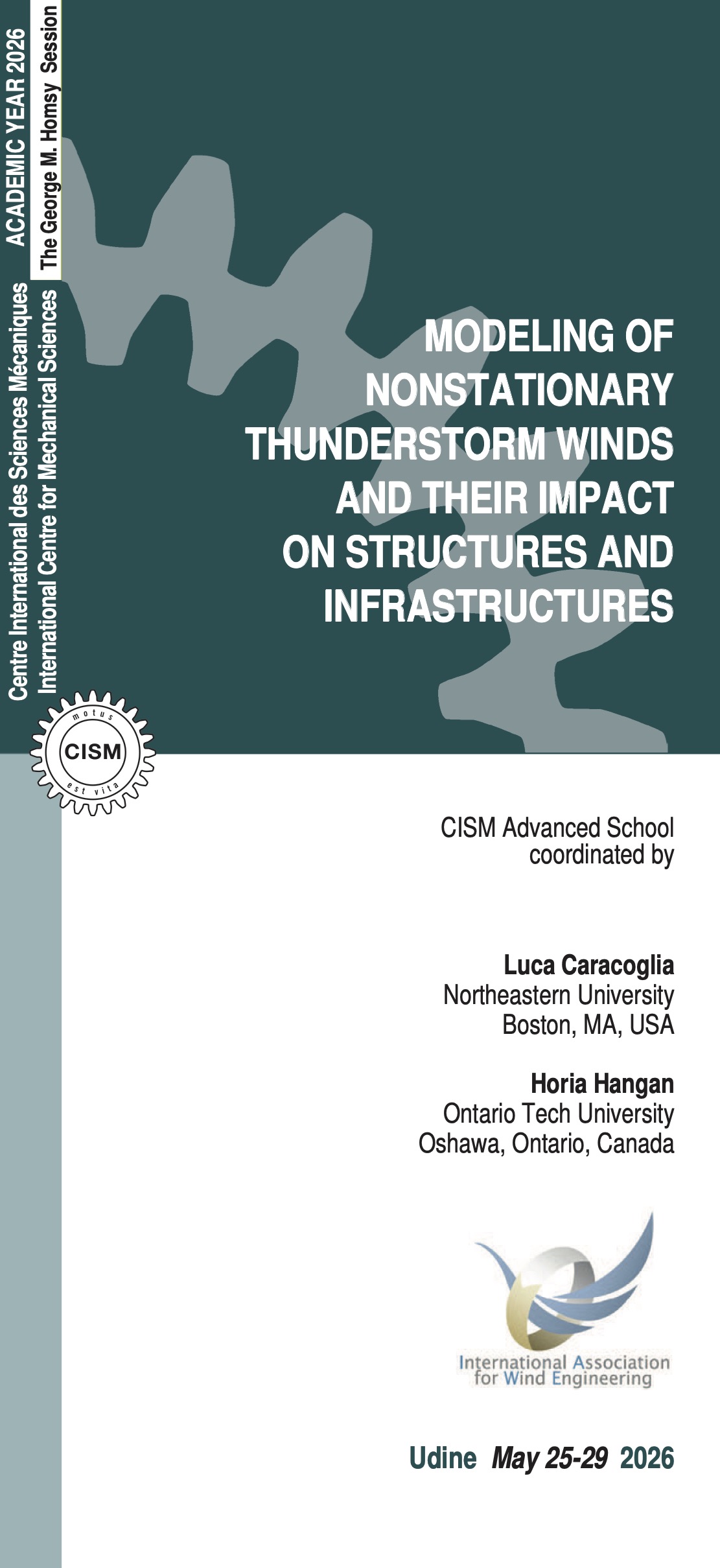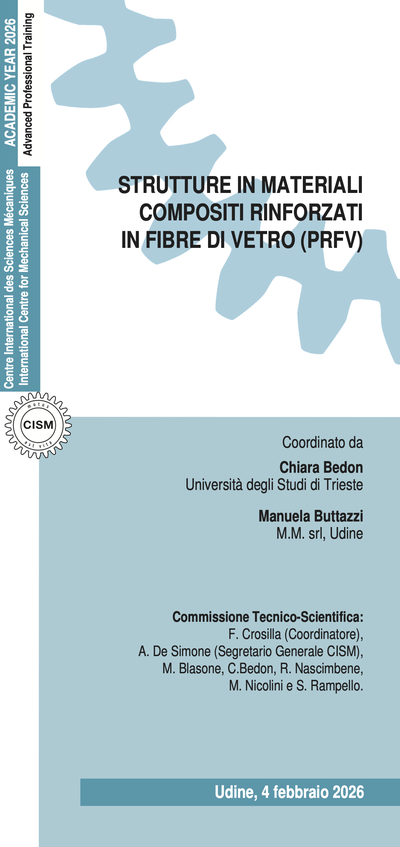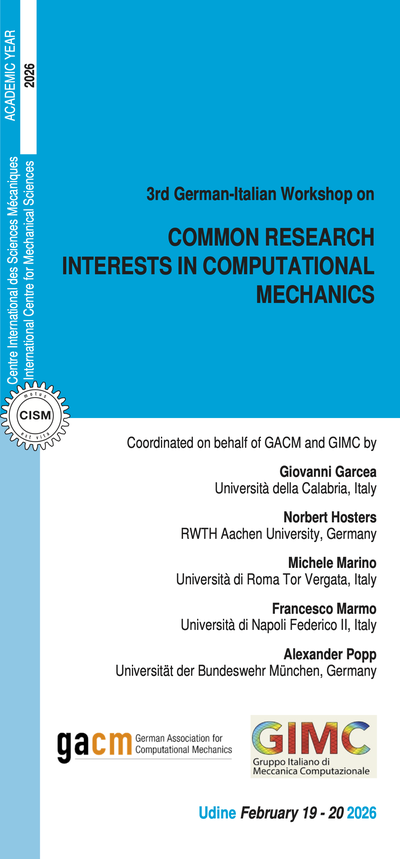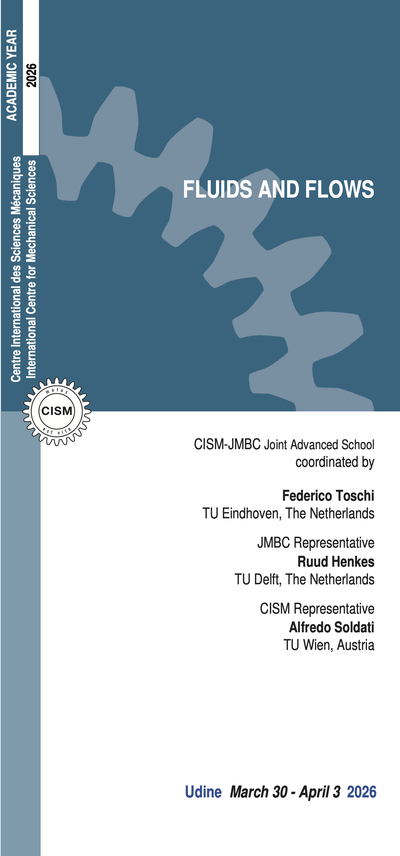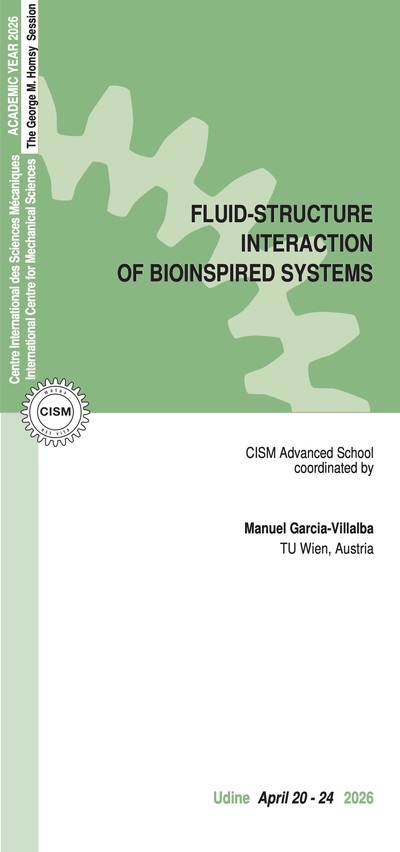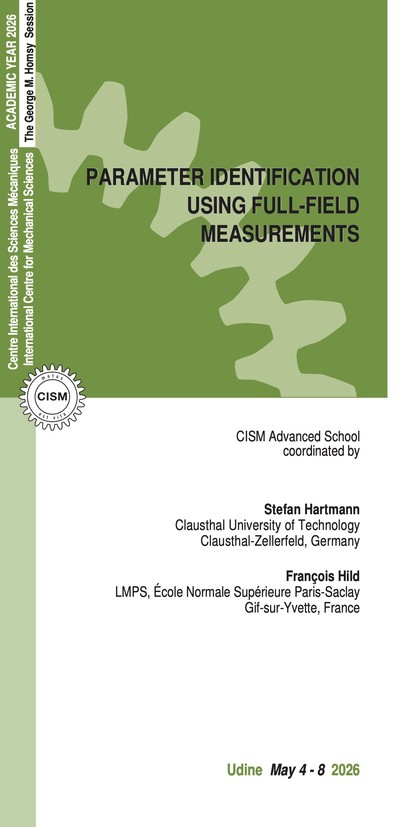Through exposure from the 1978 Northern Illinois Meteorological Research on Downbursts (NIMROD) and the 1982 Joint Airport Weather Studies (JAWS), thunderstorm downbursts have been recognized by the wind engineering community as phenomena deserving thorough investigation. They can be briefly described by a central, initial touchdown point, a high- velocity non-stationary wind field and a boundary layer that greatly differs from that of stationary winds. The life span of a downburst follows an evolutionary path starting from an intense vertical downdraft of wind that radially diverges while decaying over a short period of time (roughly 10 to 20 minutes). This outburst of wind is accompanied by a translational velocity, with which the downburst travels, thus producing a transient and non-synoptic wind field. Non-synoptic, nonstationary, short-duration thunderstorm downbursts and gust fronts are currently absent from the design standards except for very special structures (e.g., nuclear power plants).
Difficult to capture from full-scale measurements and to replicate through wind tunnel experimentation, their nonstationary, evolving properties violate the principles of the “Davenport Chain” in wind engineering and thus limit the analysis for the structural responses that they induce. Since these windstorms have been identified worldwide as a source of peak design wind speeds, many research endeavors have been devoted to better understand their nonstationary loads and effects on structures and infrastructures. Nevertheless, studies of structures exposed to downburst and non-stationary gust front wind loads has lagged behind the many case studies conducted under atmospheric boundary layer (ABL), stationary wind load conditions.
Advanced, post-graduate courses on wind engineering are currently being offered at many universities across Europe and the world. However, most existing courses do not address non-stationary wind field modeling and simulation. Consequently, there is a lack of understanding on non-stationary wind storm hazard risk and its consequences. This course fills this void and offers a review of the state-of-the-art, state-of-the-practice procedures and practices for the analysis of the thunderstorm phenomena as they relate to the structural design of buildings, bridges and wind turbine tower structures. Furthermore, the course addresses a multitude of topics, in a multi-disciplinary setting (atmospheric science, engineering, physics).
The course will leverage various innovative developments of load and structural modeling, experimental methods and full-scale monitoring results to:
- Provide science and engineering fundamentals that enable examination of various nonstationary flows;
- Introduce dynamic similarity principles in nonstationary flow settings;
- Equip participants with innovative methods to simulate the wind field of non-stationary thunderstorm downbursts;
- Familiarize with the most advanced experimental methods and facilities;
- Contextualize the load and analysis results with design standards, considering the effects of future warming wind climates.
T. T. Fujita. Downbursts: Meteorological features and wind field characteristics. Journal of Wind Engineering and Industrial Aerodynamics, 36:75-86, 1990.
H. Hangan, M. Refan, C. Jubayer, D. Romanic, D. Parvu, J. LoTufo, and A. Costache. Novel techniques in wind engineering. Journal of Wind Engineering and Industrial Aerodynamics, 171:12–33, 2017.
F. Battaglioli, P. Groenemeijer, I. Tsonevsky, and T. Pucik. Forecasting large hail and lightning using additive logistic regression models and the ECMWF reforecasts. Natural Hazards and Earth Saystem Sciences, 23(12):3651–3669, 2023.
M. Burlando, D. Romanic, G. Solari, H. Hangan, and S. Zhang. Field data analysis and weather scenario of a downburst event in Livorno, Italy, on 1 October 2012. Monthly Weather Review, 145(9):3507–3527, 2017.
M. Burlando, S. Zhang, and G. Solari. Monitoring, cataloguing, and weather scenarios of thunderstorm outflows in the Northern Mediterranean. Nat. Hazards Earth Syst. Sci., 18(9):2309–2330, 2018.
M. T. Chay and C. W. Letchford. Pressure distributions on a cube in a simulated thunderstorm downburst-Part A: stationary downburst ob-servations. Journal of Wind Engineering and Industrial Aerodynamics, 90(7):711–732, 2002.
A. Elawady, H. Aboshosha, A. El Damatty, G. Bitsuamlak, H. Hangan, and A. Elatar. Aero- elastic testing of multi-spanned transmission line subjected to downbursts. J. Wind Eng. Ind. Aerodyn., 169:194–216, 2017.
4 lectures on:
Boundary-layer meteorology of stationary flows and evolving thunderstorm outflows.
5 lectures on:
Fundamentals of fluid-structure interactions in stationary and non-stationary wind flows.
4 lectures on:
Climatology and impacts of severe convective storms, and their forecasting using including NWP, radar, and satellite-derived tools.
5 lectures on:
Simulation of non-stationary wind storms and their aerodynamic effects on bluff bodies.
5 lectures on:
Aerodynamics and damage risks of infrastructures and special structures in non-stationary wind flows.
4 lectures on:
Modeling and monitoring of loads and response of vertical structures in non-stationary thunderstorm flows.
4 lectures on:
Design codes and standards, climate change.
4 lectures on:
Physics-based modeling of boundary layer flows for non-stationary and thunderstorm flows.
ADMISSION AND ACCOMMODATION
The course is offered in a hybrid format, allowing participants the flexibility to attend either in person or remotely via the Microsoft Teams platform.
Admission to on-site attendance is granted on a first-come, first-served basis to comply with the capacity of the lecture room.
Registration fees:
- Early Bird On-Site Participation: € 650.00 + VAT* - Deadline: March 25, 2026
- Late On-Site Participation: € 800.00 + VAT* - Deadline: May 12, 2026
- Live Streaming Online Participation: € 250.00 + VAT* - Deadline: May 12, 2026
On-site participation includes a complimentary bag, five fixed menu buffet lunches, hot beverages, downloadable lecture notes.
Online participation includes downloadable lecture notes.
Application forms should be submitted online through the website: http://www.cism.it. A confirmation message will be sent to participants whose applications are accepted.
Upon request, and subject to availability, a limited number of on-site participants can be accommodated at the CISM Guest House for € 35 per person per night. To request accommodation, please contact foresteria@cism.it.
CANCELLATION POLICY
Applicants may cancel their registration and receive a full refund by notifying the CISM Secretariat in writing (via email) no later than:
- March 25, 2026, for early bird on-site participation;
- April 25, 2026, for late on-site participation;
- May 12, 2026, for online participation.
No refunds after the deadlines. Cancellation requests received before these deadlines and incorrect payments will be subject to a € 50.00 handling fee.
GRANTS
A limited number of participants from universities and research centers who do not receive support from their institutions can request a waiver of the registration fee and/or free lodging.
Requests should be submitted by email to the CISM Secretariat at info@cism.it by March 25, 2026. Submissions must include the applicant’s curriculum vitae and a letter of recommendation from the head of the department or a supervisor, confirming that the institute is unable to provide funding. Preference will be given to applicants from countries that sponsor CISM.
Please send an email to: secr.general@iawe.org for questions on application.
